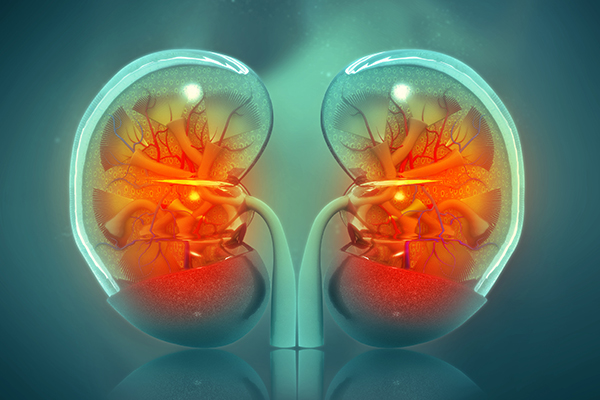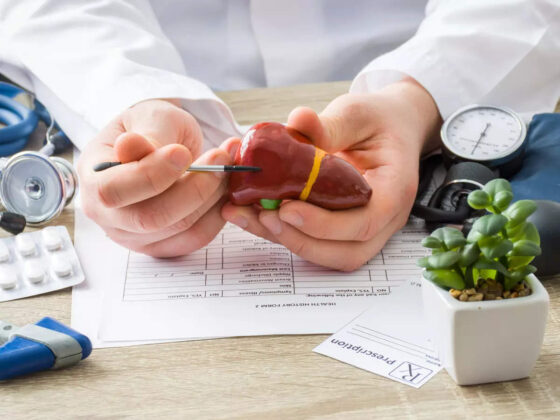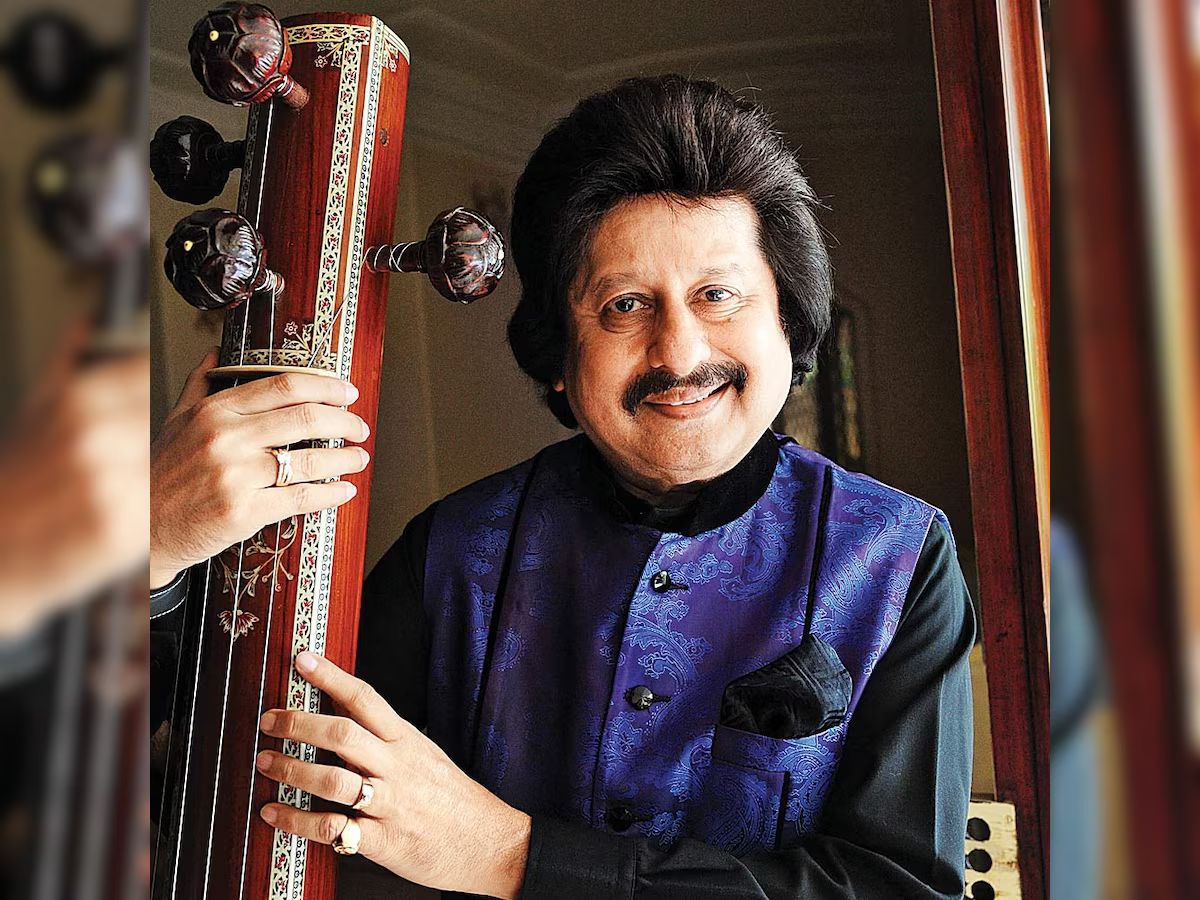- By Dr. Ashok L Kirpalani, MD, MNAMS (Nephro), Professor Emeritus & Head, Department of Nephrology Bombay Hospital Institute of Medical Sciences, Mumbai.
Hypertension or high blood pressure is one of the leading causes of kidney disease and kidney failure. High blood pressure leads to an increase in the force that blood places on the walls of the blood vessels as it moves through the body. In the kidneys, this damages the blood vessels and the millions of filtering units that filter our blood and remove waste products. As a result, the process of removal of waste products from the body is disrupted.
Our sedentary modern lifestyle with improper diet and lack of physical exercise has made us prone to lifestyle diseases namely, obesity, diabetes, and high blood pressure. Smoking and excessive intake of alcohol compound these conditions.
Studies have indicated that lifestyle habits can increase the risk of kidney disease by more than 300%. Diabetes and high blood pressure are the most common causes of kidney disease. People who have a family history of high blood pressure are also at an increased risk of kidney disease due to hypertension.
India has a high prevalence of hypertension with almost one in every three Indian adults above the age of 60 being affected. This indicates how critical it is to treat and manage hypertension for the prevention of kidney damage and other complications that may result from high blood pressure. To prevent kidney damage from high blood pressure, it is important to try to keep the blood pressure controlled. This can be done by modifying lifestyle and taking medication as prescribed by the physician.
Lifestyle modifications include eating a proper diet, getting into a routine that includes exercises such as daily walking for half an hour, yoga etc. and getting the blood pressure checked regularly including self-home BP monitoring by automated devices. One should not forget to take medicines that the doctor has prescribed regularly.
Overall, four primary groups of medicines are used in controlling high blood pressure. They have different actions and work through different means by reducing resistance in the blood vessels or output of the heart or both. The four primary groups include ACE (angiotensin converting enzyme) inhibitors, ARBs (angiotensin receptor blockers), calcium channel blockers, and diuretics.
Guidelines recommend that the treating physician may choose any one of these four primary groups to initiate treatment of Hypertension. Calcium channel blockers are one of the first-line drugs used in the management of hypertension. These work by blocking the entry of calcium ions in the cells, which decreases the force of contraction, work of the heart and dilates the arteries. This dilatation reduces blood pressure and exertion of the heart which is needed to pump blood in the body.
The older generation of calcium channel blockers is one of the most effective and widely used medicines for hypertension till now. They are known to block only the L-type of channels and have side-effects which include tachycardia or palpitations (fast heart rate), oedema of the feet (fluid collection) and postural hypotension (giddiness when getting up from sitting or lying position).
To overcome the problems of the first-generation Calcium Channel Blockers, newer Calcium Channel Blockers were developed. Amongst them Cilnidipine, blocks, not only the L-type but also the N-type of Calcium channels. It works by causing dilatation of the blood vessels, decreasing the heart rate, and increasing the blood flow in the kidney. The advantage of Cilnidpine is that it causes less tachycardia, less edema and better control of proteinuria (protein in the urine) which are the most desired qualities by physicians in treating hypertension.
Cilnidipine is also known to reduce the damage to the filtering units of the kidney (glomeruli) and maybe a better choice for hypertensive patients especially those with chronic kidney disease due to Diabetes. Its effect on increasing insulin sensitivity also makes it a very useful adjunct when used in patients with hypertension who also have diabetes. When combined with ACE inhibitors or ARBs, this newer generation calcium channel blocker helps to reduce blood pressure whilst preserving kidney function.
The theme this World Kidney Day in 2021, is “Living well with Kidney Disease”, and drugs like Cilnidipine, have made the lives of CKD patients who have Hypertension, more comfortable with lesser side effects and good efficacy.











